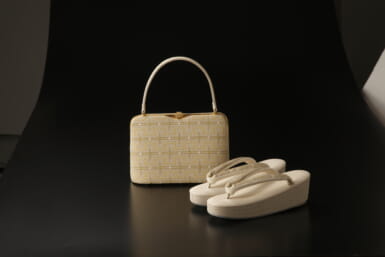by Teresa Cowan
When I was a child of about 7, I was surprised and suitably dismayed by the introduction of a new member to our family, my baby brother. Quite naturally I was jealous of the extra attention he received.
He was cuddled more often and the adults giggled and crooned over every burp and gaseous smile he produced. However, I really enjoyed his daily feeding ritual. The familiar pop of a Gerber jar being opened brought me scurrying to the kitchen.
With my brother propped in his high chair, my mother would work with swift rhythmic motions. With one hand she’d slip a pureed concoction of chicken and tasteless carrots into his eager mouth. With the other hand she’d wipe his mouth clean, removing the evidence, I suppose. Meanwhile I was allowed to curl up under the kitchen table with my own ration of orange mush and milky warm baby cereal. I was in my glory!
Years later when my daughter was ready for more solid foods, I raced to the supermarket to stock up on supplies. I popped open the first jar and felt a warm rush of pleasant memories. These were, however, short lived when I sampled the baby food. Yuk!
Supermarket baby food is a tasteless, textureless mush. As a result, I set off to prepare homemade food and it proved to be a painless and satisfying cooking experience. Following is an easy procedure for making baby food.
• Collect your utensils: pot, wooden spoons, something with which to puree, ice cube trays, freezer bags, labels, Saran Wrap or aluminum foil. Make certain all utensils are impeccably clean.
• Use only fresh ingredients. Cook your vegetables and fruit until tender. Use a lot of water to cook fruit and a minimal amount to cook vegetables.
• Puree foods as soon as possible. Pour into ice cube trays and cool in the refrigerator immediately. When cooled, cover the ice cube tray with plastic wrap or aluminum foil and freeze.
• Once frozen, empty the contents of the ice cube trays into freezer bags.
• Label each freezer bag with the date and kind of food. Return the bags to the freezer. Now you’ll have nice small portions of ready-to-heat baby food.
Before you embark on introducing your wee one to the culinary delights of homemade baby food, there are a few salient points to remember. Most experts suggest that infants can start solid foods somewhere around six months. By this stage most infants are capable of pushing the food to the back of their mouths with their tongues.
Furthermore, only introduce one food at a time and over a period of three to four days. This is to determine any food allergies. Initially, avoid gas- producing foods such as broccoli and cauliflower. Don’t add sugar, salt or oils. Also, don’t feed infants adult cereals, since they are too high in fiber for the babies’ delicate systems.
Now, if you’re still interested in store-bought baby foods, I’ve checked out two brands available in Tokyo supermarkets and pharmacies. Gerber offers a wide range of ready-to-serve pureed foods.
I tried their “chicken stew,” which tasted good but contains only 10 percent chicken. The remaining ingredients are potatoes, onions, milk powder, starch, sugar, salt and unidentified spices. If you prepare your own, you can control the type and ratio of ingredients.
The other brand of baby food I tasted was a freeze dried variety from Wakado. This particular sample contained rice, shirasu (small, white fish), onions, carrots, starch, seaweed and salt. Also quite tasty.
Although I would use both brands in a pinch, I’m not keen on introducing infants to sugar and salt at such an early age. Unfortunately, I was unable to locate any brands which omit sugar and salt.








